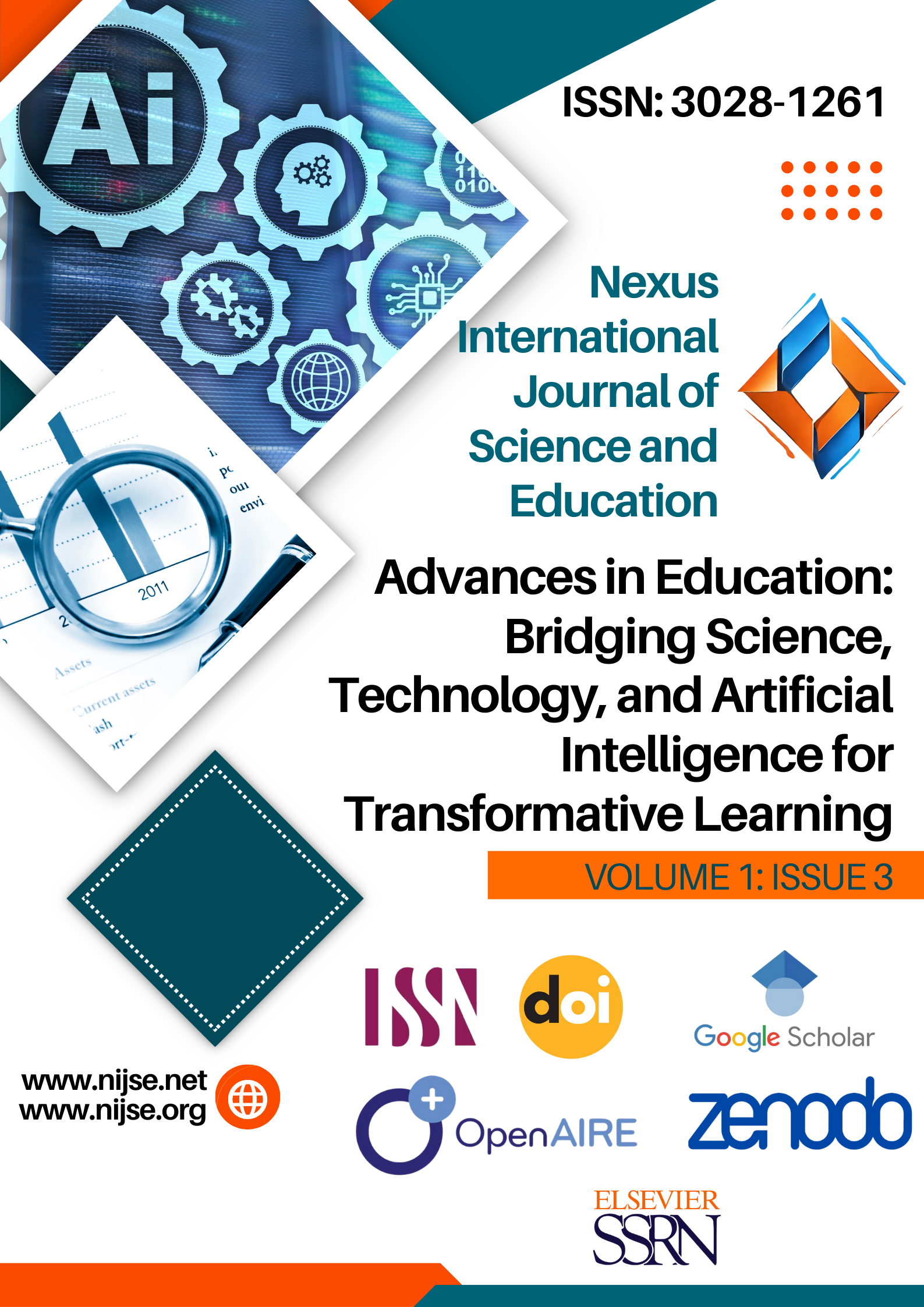Best Fit Learning Modalities: The Home Economics Teachers’ Trepidations
DOI:
https://doi.org/10.5281/zenodo.14359141Keywords:
learning modalities, home economics, trepidations of teachersAbstract
This study explored the varied understandings of the home economics teachers in their search for the best fit learning modalities as well as their trepidations in implementing the new normal modalities. There were eight (8) home economics teachers who participated in the study coming from the Division of Davao City. This study made use of a phenomenological approach to extract the ideas of the home economics teachers. The participants were purposely selected as representatives from the teachers in the same division. The in-depth-interview was employed to gather information as regards to their respective experiences in their quest for the best fit learning modalities in home economics subject. Using the thematic analysis, the following themes emerged as pertains to the trepidations of the teachers: undefined teaching strategies; planning variety of lessons, limited skills development and limited home cooking gadgets. The coping mechanisms of the HE teachers in averting their problems revealed the following themes: to enhance theory an online activities and open learning concept. As to the educational management insights gathered from the participants, the following insights emerged: resourcefulness and creativity of the HE teachers, proper work planning and upgrading of on line skills. The home economics teachers may be more proactive and developing more of their technological skills to address their individual difficulties in dealing their technology driven students. By getting along with the speed of the students in doing things on line, they may also be redirected to learn more from the vast opportunities provided by the on line information.
Downloads
Published
Issue
Section
License
Copyright (c) 2024 Nexus International Journal of Science and Education

This work is licensed under a Creative Commons Attribution-NonCommercial-NoDerivatives 4.0 International License.


